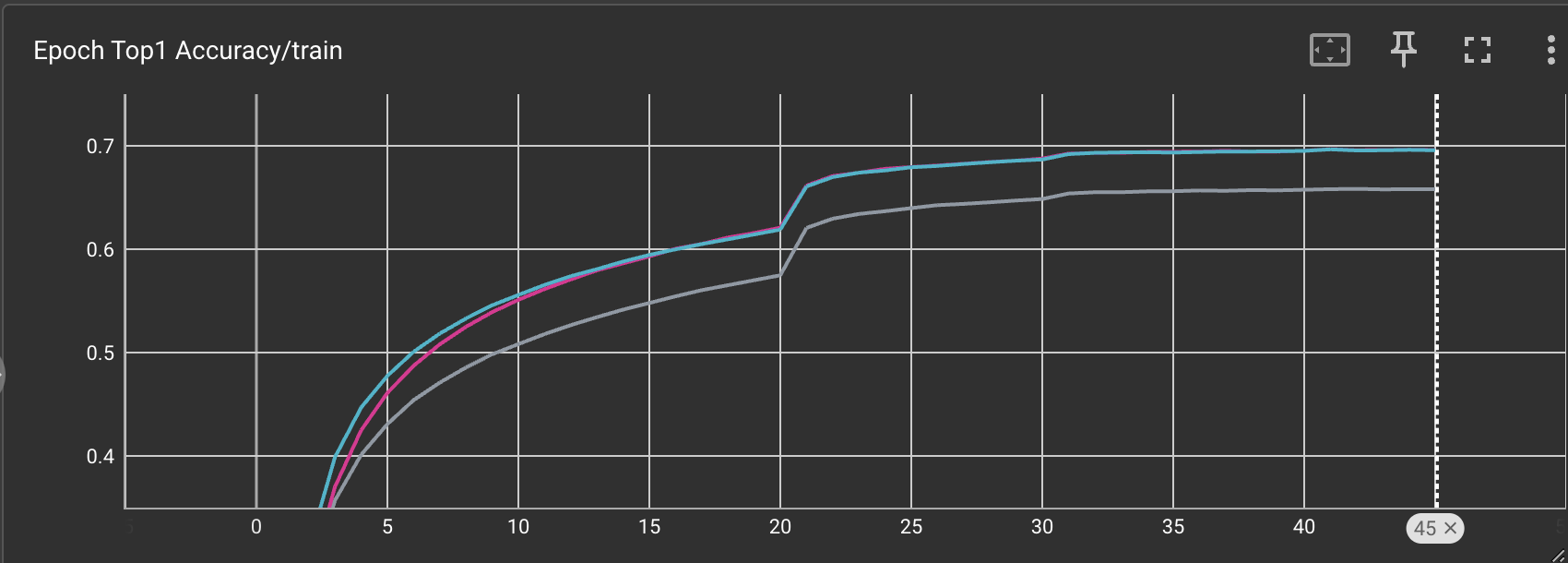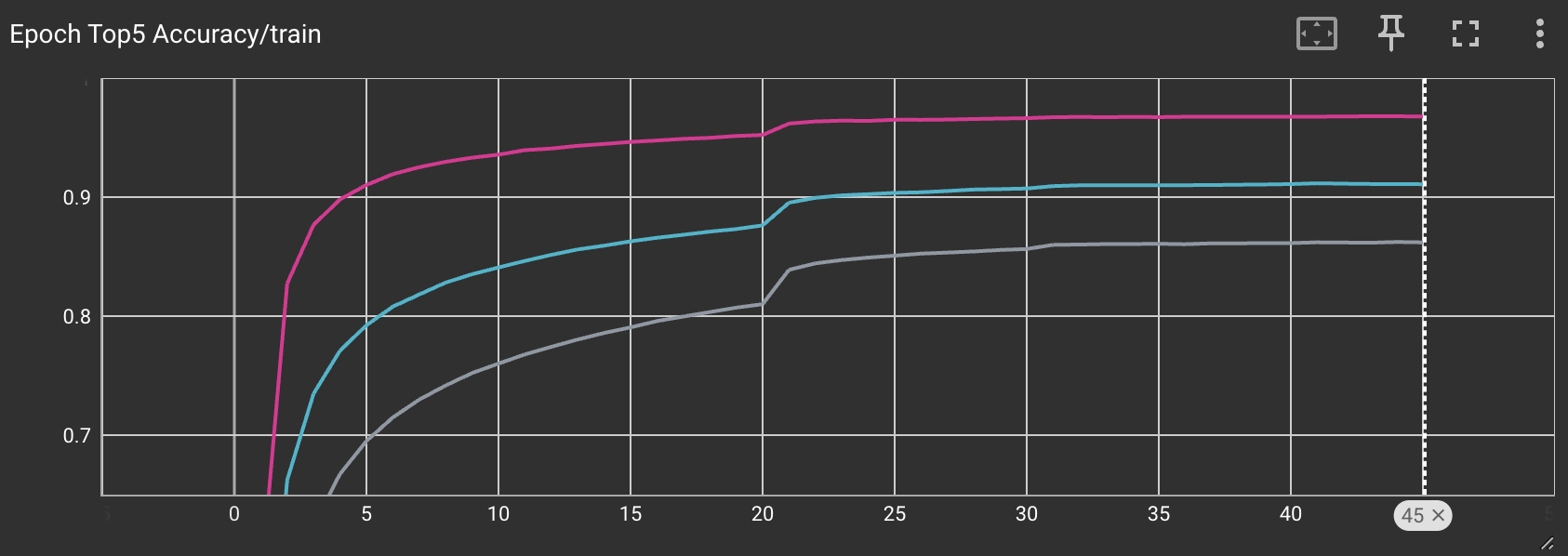Implementing BatchNorm with Flax NNX
Goals
- Demonstrate NNX code to reimplement BatchNorm
Non-Goals
- Explain in detail what BatchNorm is and why it may be a good idea. I recommend DLAI as background reading.
- Explain the ResNet architecture. I find that the original paper is extremely well-written.
TL;DR what is BatchNorm?
Batch Norm is a fairly simple idea. Given a mini-batch during training, and , we compute
where and are the batch mean and standard deviation of the minibatch respectively, and are learnable parameters.
We also keep a running standard deviation and average to use during test time.
Implementation
The Flax team recently launched a new NNX API to replace linen. One of the key benefits they claimed was that managing state is much easier the old Linen API. And I have to say that this holds up quite well. Much like pytorch, NNX makes use of stateful modules to represent neural networks.
Since you need to specify everything explicitly, this makes storing state (like if you want to implement BatchNorm!) really easy. Let's see how this looks in code:
class BatchNorm(nnx.Module):
"""Implementaiton of BatchNorm for ConvLayers only."""
def __init__(self, n_features: int, eps: float = 1e-5, momentum: float = 0.9):
normalization_shape = (1, 1, 1, n_features)
# The scale parameter and the shift parameter (model parameters) are
# initialized to 1 and 0, respectively
self.gamma = nnx.Param(jnp.ones(normalization_shape))
self.beta = nnx.Param(jnp.zeros(normalization_shape))
# Init the moving mean to be one and variance to be zero
self.moving_mean = nnx.BatchStat(jnp.zeros(normalization_shape))
self.moving_var = nnx.BatchStat(jnp.ones(normalization_shape))
self.eps = eps
self.momentum = momentum
# To make the module compatible with `.eval()`, need to define these parameters.
self.use_running_average = False
def __call__(self, x_bhwc: jax.Array) -> jax.Array:
if self.use_running_average:
x_hat_bhwc = (x_bhwc - self.moving_mean) / jnp.sqrt(
self.moving_var + self.eps
)
else:
# calculate in-batch mean and variance and use those values to normalize input
in_batch_mean = jnp.mean(x_bhwc, axis=(0, 1, 2), keepdims=True)
in_batch_var = jnp.var(x_bhwc, axis=(0, 1, 2), keepdims=True)
x_hat_bhwc = (x_bhwc - in_batch_mean) / jnp.sqrt(in_batch_var + self.eps)
self.moving_mean = (
self.momentum * self.moving_mean + (1 - self.momentum) * in_batch_mean
)
self.moving_var = (
self.momentum * self.moving_var + (1 - self.momentum) * in_batch_var
)
return self.gamma * x_hat_bhwc + self.beta
Some things to highlight:
- we use
nnx.Paramto store learnable parameters nnx.BatchStatis used to keep track of the running batch statistics (here it's mean and standard deviation). We could have used the base classnnx.Variable, but this is a handy subclass.- During inference, we need to call
.eval(). This will internally changeself.use_running_averageto beTrue.
Easy, right?
Experiments
To test that our BatchNorm actually works (and gives reasonable results), I implemented ResNet-50 and trained it on ImageNet.
After training for 45 epochs, I was able to get roughly 70% top 1 accuracy, and around 95% top 5 acccuracy when trained with a batch size of 256.


Here we see that varying the batch sizes can have a major effect on the final training accuracy. Unsurprisingly, using a larger batch size will yield better results since the normalization constants will be more accurate.
The code for training ResNet-50 (along with our implemenation of BatchNorm) can be found in this repo.
Acknowledgments
I'd like to thank TRC for providing some lovely TPUs free of charge.
If you have any comments or feedback for me, my twitter handle is @pushinproto.